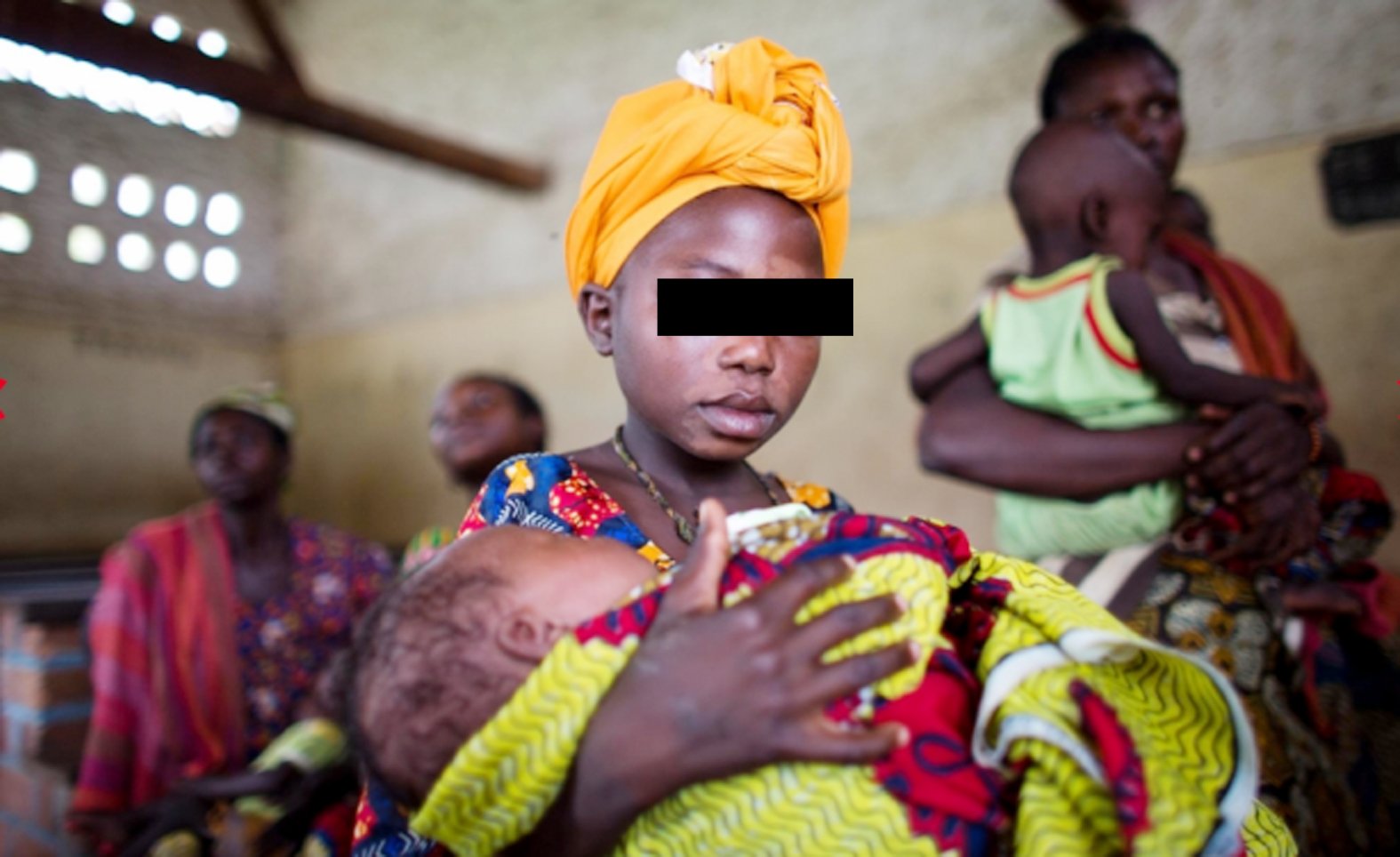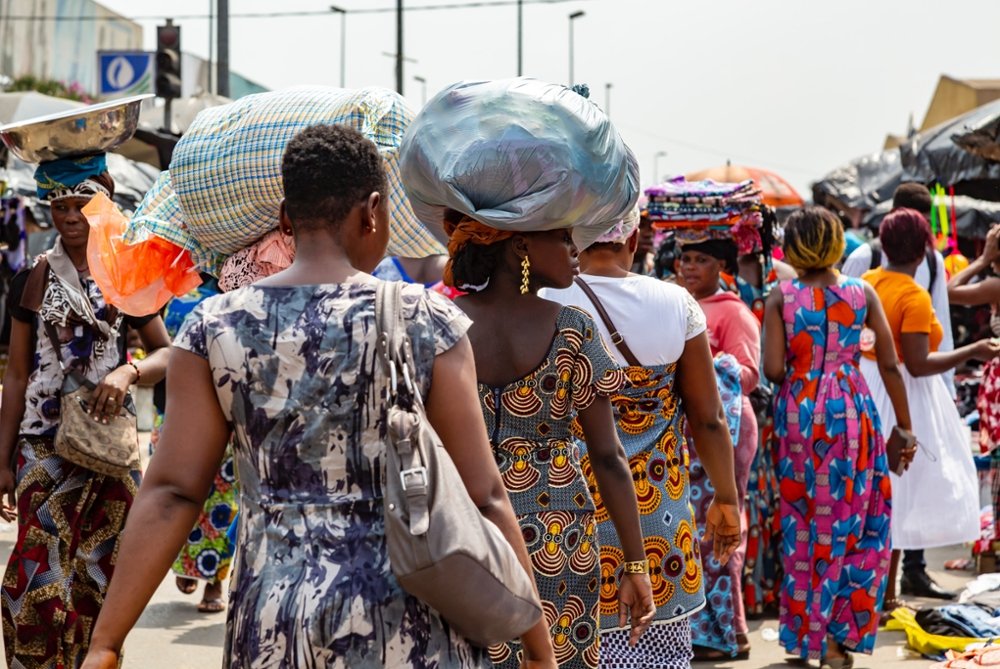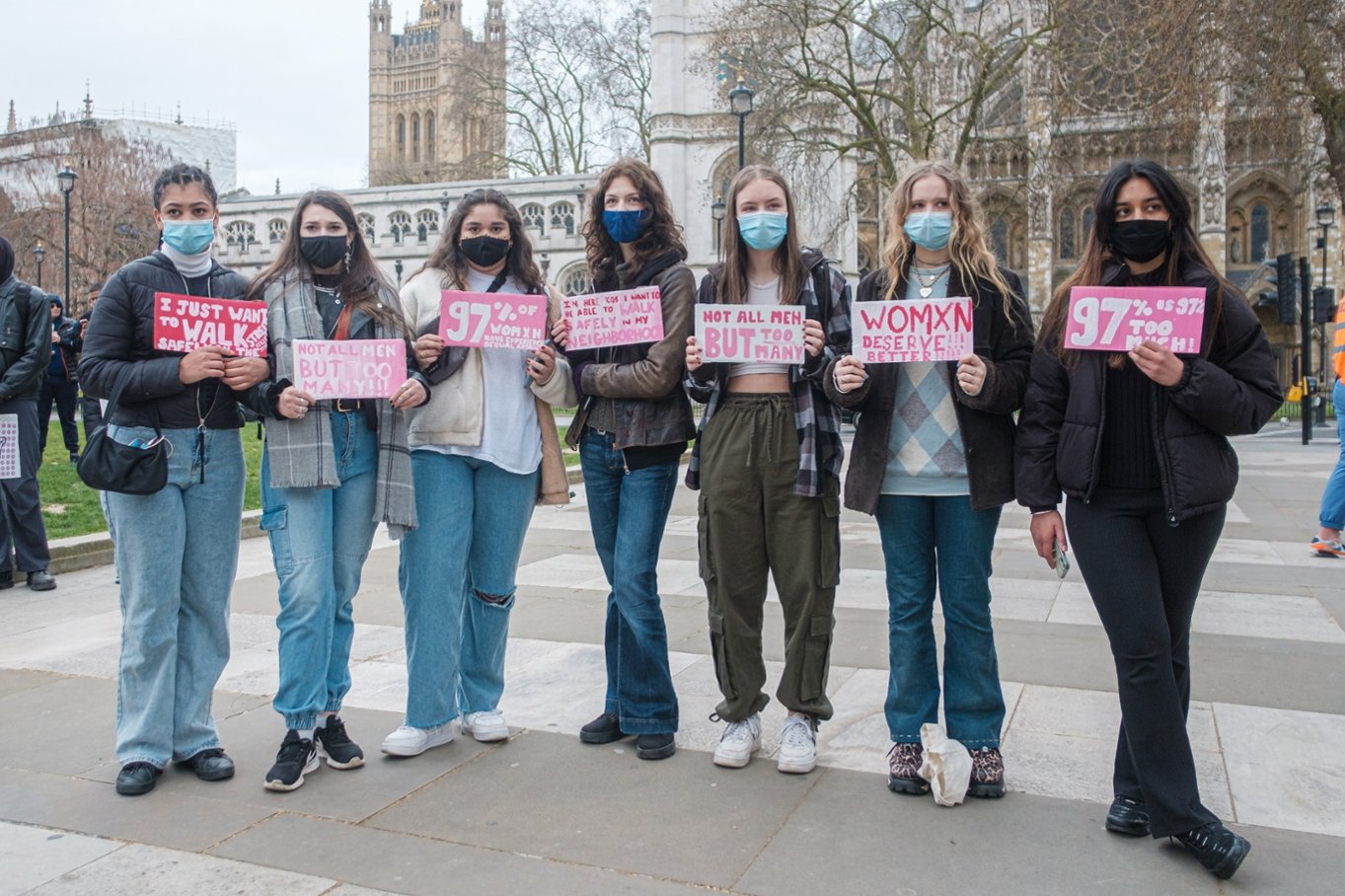Gender and Violence
Gender and Violence
Gender and Violence
The World Health Organization (WHO) estimates that one in three women worldwide have experienced physical and/or sexual violence, and around 38% of murders of women are committed by intimate partners. Women and girls make up almost half of the world’s population, yet they are often targeted and abused without any justice for the violations committed against them. Gender-based violence and violence against women are two, closely-related human rights violations that block the progress for gender equality and equity, stressing the importance for the international community to give special attention to these prevalent issues. Gender-based violence (GBV) is defined by UN Women as harmful acts directed at an individual or a group of individuals based on their gender. Although men and boys are also targeted in GBV, the majority of the violence is against women and girls; therefore, this global security problem will revolve mostly around the violence committed against women. Also, even though there are many cases of GBV that occur during situations of conflict and instability, the majority of violence against women actually occurs within their own homes.
Violence against women is any act of GBV that results in, or is likely to result in, physical, sexual, or mental harm or suffering to women, including threats of such acts, coercion or arbitrary deprivation of liberty, whether occurring in public or in private life (United Nations). It is considered as the most common but the least punished crime in the world. Violence against women can include, but is not limited to, any of the following: domestic violence (physical, psychological, economic, emotional), sexual violence, verbal violence, forced marriages, female genital mutilation, female infanticide, human trafficking, stalking, harassment, and more. In addition, violence against women can lead to great economic and social costs such as services to treat the victims, increased unemployment, and an overall loss of productivity and life.
In addition, members of LGBT+ community (lesbian, gay, bisexual, transgender and other people who do not fit the heterosexual norm or traditional gender binary categories) also suffer from violence which is based on their factual or perceived sexual orientation, and/or gender identity. According to the Office of the United Nations High Commissioner for Human Rights, 1612 transgender people were killed in 62 countries between 2008 and 2014. Finally, men can also be targeted with gender-based violence, though the number of such cases is smaller in comparison with women.



Female Genital Mutilation
Female genital mutilation (FGM) refers to all procedures involving partial or total removal of the female external genetalia or other injury to the female genital organs for non-medical purposes (UNICEF). FGM is considered as a violation of a women’s sexual and reproductive health and rights, and these violations are often due to deeply engrained beliefs and societal values pertaining to a women’s sexuality (OHCHR). FGM is a cultural practice that is typically used as a safeguard to a girl’s chastity, a prerequisite for marriage, or as a rite of passage; however, the practice can lead to numerous health complications and even death. At least 200 million girls and women in 31 countries have had FGM performed on them, and the numbers are expected to rise over the next decade due to COVID-19 (UNICEF). Thus, it is important to support policies and laws that will put an end to the practice and protect the basic sexual and reproductive health rights of these victimized women and girls.






